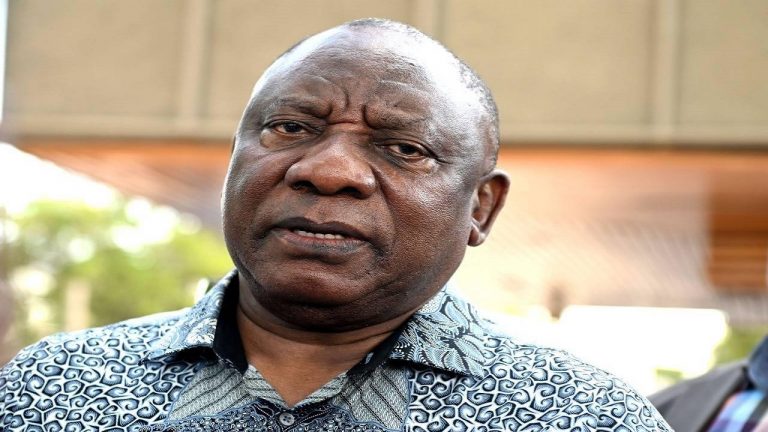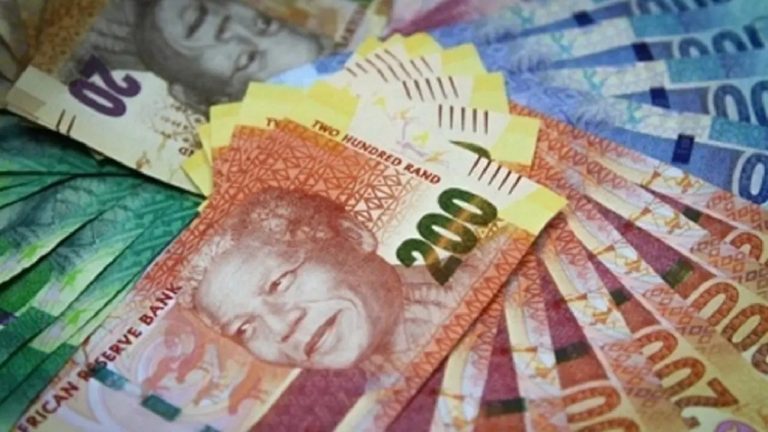South African News You Can Trust
The rand recovered to around R19.25 to the dollar yesterday after touching a new record low on Friday, amid relief that South Africa’s credit rating was not downgraded by Moody’s and expectations of another rate hike by the South African Reserve Bank (SARB) to tame inflation.
The domestic currency sank to a new record low on Friday of R19.52 to the dollar, surpassing the previous low of R19.51 set the previous week as heightened risk aversion among international investors supported the greenback.
The dollar strengthened earlier in the week amid signs that US lawmakers were edging closer to agreeing on the terms to raise the US debt ceiling.
However, these hopes were dashed on Friday when Republican negotiators walked out of debt ceiling talks.
Investec chief economist Annabel Bishop said the rand remained vulnerable ahead of the SARB’s Monetary Policy Committee (MPC) meeting on Thursday.
“South Africa has seen the rand reach historic lows against the US dollar this year as global financial markets have seen sentiment turn increasingly risk averse, with the sell-off of risk assets increasing, and SA having done little to shore up its currency,” Bishop said.
“The rand has depreciated on US dollar strength as safe haven flows into US treasuries, increasing in times of elevating risk aversion. The US is expected to resolve its debt ceiling crisis this week, as next week sees June beginning,” she said.
The ongoing severe power crisis continues to pose upside risks to South Africa’s inflation outlook and strain economic growth, with Eskom warning that it could implement load shedding ranging from stages 7 to 8 this winter as electricity demand increases.
This has supported the case for the SARB to hike interest rates again at its next meeting scheduled for Thursday, the 10th consecutive hike in 18 months.
Hawkish comments by several US Federal Reserve officials have also spooked the markets, reawakening fears of a further tightening in US monetary policy.
Many analysts forecast an increase of 25 basis points (bps), but a bigger hike of 50bps could also be on the cards.
The annual inflation rate accelerated for the second consecutive month to 7.1% in March, prompted again by accelerating food prices, and remaining above the SARB’s target range of 3% to 6% per annum.
The SARB thus unexpectedly hiked rates by 50bp to 7.75% at its last meeting in late March, and the further increase in headline inflation is likely to concern policymakers.
Nedbank economist Busisiwe Nkonki said they expected the SARB’s Monetary Policy Committee to announce a 25bps rate hike, which will probably be the last in the current cycle, taking the repo and prime rates to peaks of 8% and 11.5%, respectively.
“The MPC will likely present a hawkish statement, mainly expressing concern about the poor inflation outlook due to the weaker rand and soaring food prices, which appear to reflect the adverse impact of load shedding on production costs,” Nkonki said.
“The MPC will also be alarmed by the acceleration in core and services inflation, which suggests broadening price pressures,” she said.
This view was supported by the Bureau for Economic Research chief economist, Huge Pienaar, who said the upside price risks from more intense load shedding, and the associated fall in the value of the rand would push the MPC to hike the repo rate by 50bps.
“Before the recent bout of currency weakness, we expected an increase of 25bps, signalling the end of the tightening cycle,” Pienaar said.
“Even if the MPC moves by 50bps on Thursday, it is now less clear whether that will bring the hikes to an end,” he said.




